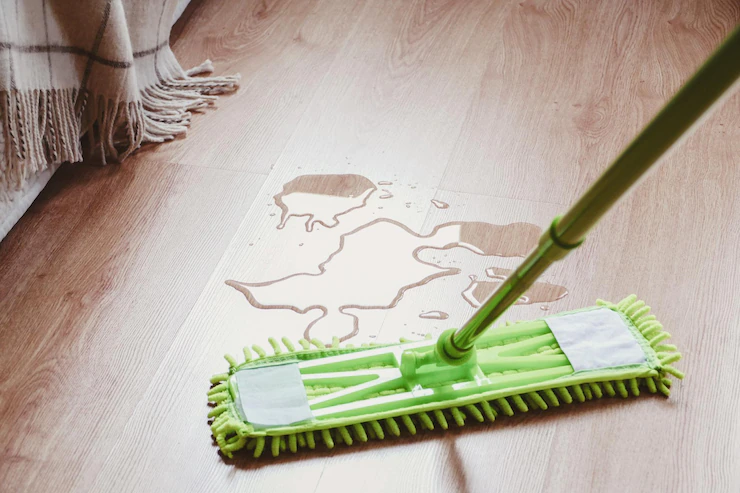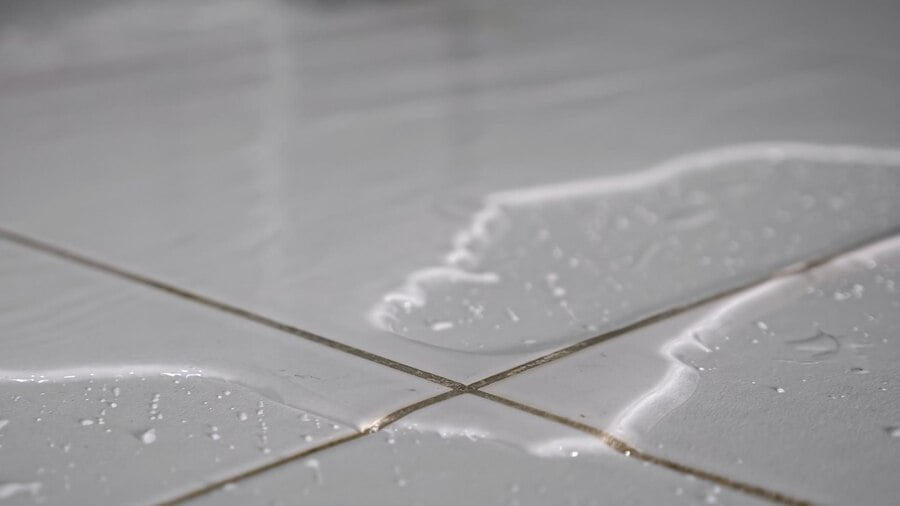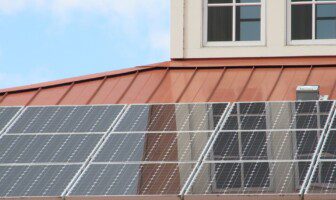
A subfloor, as the bottom-most structure of a floor, needs to be dry always. But when you have a water leak, it can cause your subfloor to become wet.
Therefore you need to quickly dry it to prevent mold, fungi, and other distasteful elements from growing. Long-time moisture can also damage a subfloor to the extent that it may require a professional to repair it or a complete replacement.
According to a case study on 25 public buildings, residents had health symptoms due to moisture and mold damage. One of the most extensive causes was the base floor structure, with a 12.5% contribution.
To prevent you or your family from developing health complications from the growth of mold or fungi from a moist subfloor, you should find a way to dry the subfloor as soon as possible. Calling an expert will be additional money out of your purse, but you can avoid this by taking prompt action and drying out your subfloor.
How To Dry Your Subfloor
To dry out your subfloor, you first need to fix your water leak, then get rid of the most excessive water. After which, you can start applying unique methods to reach the base structure of your floor to dry it out.

1. Subfloor Ventilation
In a situation where your subfloor is good wet ventilation can help you to dry it. However, natural ventilations are not enough to make it dry. Therefore installing subfloor ventilation is the best way to get rid of moisture.
Subfloor ventilation works by moving in the fresh air and extracting damp air from your subfloor. It is especially effective because it can reach under the floor, which normal ventilation cannot do with good results.
2. Remove Excess Water
The first step to drying out your subfloor is removing the water on the surface as much as possible. Start using a mop, a vacuum, and other cleaning supplies to clean the floor properly.
After you have removed the excess water, you can now proceed to ways to reach the subfloor and clean the moisture that leaks into it.
3. Dehumidifier
A dehumidifier can give better results than ordinary fans or natural ventilation. To get rid of the moisture on your subfloor, a dehumidifier, just like subfloor ventilation, removes water from the air and replaces it with dry air. Placing it in the room will speed up the time it takes for a subfloor to dry.
4. Use Moisture Meter To Measure The Level Of Moisture
A moisture meter is a device used to measure the level of moisture in any material. It is primarily used in buildings to detect moisture build-up and damage to building structures. It would help if you used a moisture meter to see the moisture level in your subfloor before and after applying the techniques to dry it out.
It is like a lie detector for you to ascertain whether your floor is truly dry. Because in most cases, the floor is not completely dry, and you will think it is dry, leaving it room to grow mold and other significant damage.
Other methods include;
- Placing many fans in the room
- Opening the windows and allowing enough air to circulate
- Replacing the subfloor
- Patching damaged areas and more.
While a spilled drink on your floor is no cause for alarm, something like a whole pipe leak can sip down to the subfloor. You can start by fixing your leak and work on the accumulated water. Get a couple of buckets, brooms, and wet vacuums and clean the surface of your floor.
Once dry, you can use a moisture meter to detect moisture on your floor. If positive, use a dehumidifier, subfloor ventilation, or a fan to dry it out. If the damage is so extensive no amount of air will do the job, you can consider calling in an expert to patch up the damaged area.
Read Also:




























